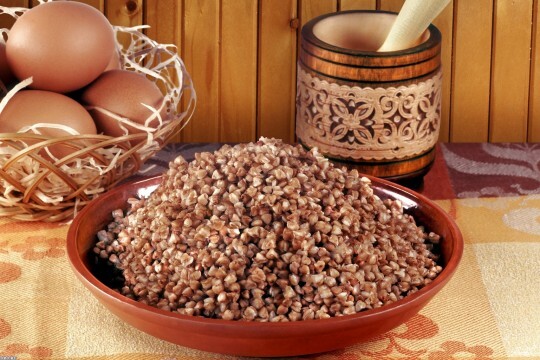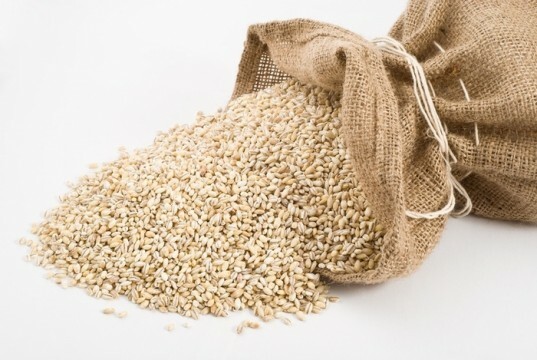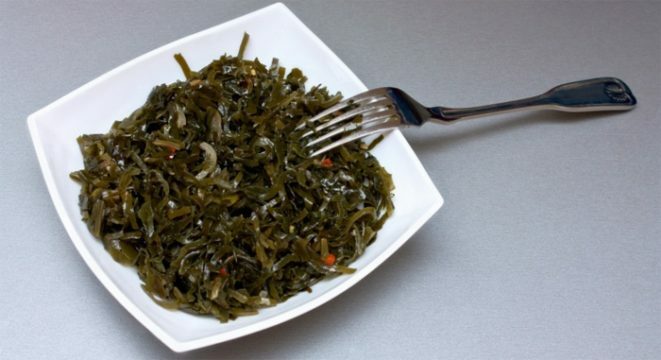In the diet of a person with diabetes, there must be products - sources of complex carbohydrates. Such products are cereals. Cereals in diabetes should constitute a significant proportion of the diet.
Advantages of porridge
The composition of food includes carbohydrates of different types. There are simple or short carbohydrates. When digested, they quickly break down to glucose, sharply increase its concentration in the blood and cause the release of insulin.
Complex carbohydrates are broken down slowly, and gradually saturate the blood with glucose. They are absorbed much longer and provide a lasting sense of satiety. In diabetes, the use of such carbohydrates helps avoid sudden jumps of blood sugar. The sources of long carbohydrates are porridges. They contain fiber, vitamins, vegetable proteins and complex carbohydrates, as well as microelements necessary for the body.
Which cereals are preferable for type 2 diabetes

Before compiling a diet of a person suffering from type 2 diabetes, it is necessary to know the glycemic index of each carbohydrate product( GI).This is a digital indicator of the rate of cleavage of the product and its conversion into glucose. The standard is glucose, its index is 100. The faster the product is cleaved, the higher its glycemic index.
Porridges in diabetes mellitus form the basis of the carbohydrate part of the diet. Each cereal has its own glycemic index( GI). When using porridge, you need to consider that if you add oil to it or drink it with kefir - this figure increases. Kefir or low-fat yogurt have a glycemic index of 35, accordingly it can be consumed only with a porridge having a low GI.
This product should be consumed no more than 200 grams at a time. This is about 4-5 tablespoons.
Kashu is not recommended to cook on fatty milk, it is better to dilute it with water. Sweetened porridge with diabetes can be done with xylitol or another sugar substitute.
It should be immediately said that semolina in type 2 diabetes is best excluded from the diet. Semolina has a very high glycemic index, which is 71. And also contains a small amount of fiber. Therefore, for diabetics, the manga has no benefit.
And what kind of porridge is there for this disease?
Wheatgrass
The glycemic index of millet is 71.
Millet in case of diabetes mellitus in the form of porridge or garnish is recommended to be consumed frequently. Cooking millet mush should be on the water. Do not add oil and do not drink with kefir or other dairy product.
- the main constituent of millet is starch, a complex carbohydrate;
- approximately one sixth of the amino acids;
- millet is rich in fatty acids, B vitamins;
- for the content of phosphorus millet is 1.5 times higher than meat.
Use of millet porridge:
- strengthens muscles;
- removes toxins and allergens from the body.
Harm of the millet: with a low acidity of the stomach, frequent use of cereal can provoke constipation.
Buckwheat groats

Glycemic index of buckwheat groats is 50.
Buckwheat for diabetes is recommended for daily intake in the form of porridge or garnish. The composition of vegetable protein buckwheat includes 18 amino acids, including the irreplaceable. By this parameter, buckwheat is comparable to chicken protein and dry milk. This groats is rich:
- folic acid;
- with magnesium;
- with iron.
Therefore, buckwheat for diabetes is necessary. It will provide the body not only with complex carbohydrates, but also with necessary vitamins and microelements.
Use of buckwheat: a high content of flavonoids in the groats with regular use provides good antitumor immunity.
Buckwheat harm: a large amount of amino acids can cause allergic reactions in people with individual intolerance.
Oatmeal
The glycemic index of oatmeal is 49.
Oatmeal with diabetes is recommended for daily use. Oatmeal is not caloric, but only one serving of porridge will provide the body with one fourth of the daily fiber norm. It contains an essential acid methionine, as well as a large number of natural antioxidants.
For diabetics, oatmeal porridge is recommended, not cereal. Flakes have a high glycemic index and their use will be detrimental.
Oatmeal use:
- is a small calorie;
- high fiber content.
Pearl barley

Glycemic index of pearl barley is 22.
Pearl barley is produced by the method of grinding barley grain. Because of the low glycemic index, you can eat pearl barley for breakfast in the form of porridge, and as a side dish to a meat or fish dish.
This groats contains:
- gluten;
- vitamins A, B1, B2, B6, B9, E, PP and others;
- The essential amino acid, lysine, contained in the pearl bar, is part of the collagen.
Use of the pearl barley:
- with regular use significantly improves the condition of the skin, hair and nails;
- the use of this porridge promotes the excretion of toxins from the body;
- slows down the aging process.
Damage to the pearl barley: because of the high content of gluten, porridge is not recommended for people with a tendency to flatulence( with peptic ulcer in the acute stage) and pregnant women.
Corn cereals
Glycemic index of cornmeal( mamalygi) is 40.
A portion of corn porridge contains a quarter of the daily norm of carotene and vitamin E. Mamaliga is quite high in calories, but, in spite of this, does not lead to excessive deposition of adipose tissue. Proteins of porridge are poorly absorbed by the body. Corn more serves as a "brush", which removes excess fat and decomposition products from the body.
Use of corn: normalizes lipid metabolism.
Harm corn: poor assimilation of proteins leads to excess weight loss, so this mess is not recommended for people with a deficit in weight.
Wheat cereals

Glycemic index of wheat cereals is 45.
Wheat contains a large amount of fiber that stimulates the intestines well and inhibits the formation of fat from excess glucose. Included in the composition of wheat grain pectins inhibit the processes of decay and contribute to the improvement of the intestinal mucosa.
Diabetes diet
The main principle of treatment for type 2 diabetes is compliance with a strict diet. When compiling a diet, the following ratio should be adhered to:
- carbohydrates 60%;
- fats 24%;
- proteins are 16%.
Fats must be of animal and vegetable origin. Carbohydrates of a simple type should be excluded from the diet, instead of using sugar substitutes. The food should be in fractional, small portions. So in the blood there will be a constant concentration of glucose.
The daily diet of a diabetic patient must contain a sufficient number of foods rich in dietary fiber. They are plant particles that are not digested and not absorbed in the intestine.
Their advantage lies in the fact that they reduce absorption of glucose and fats, thus reducing the body's need for insulin .For a diabetic patient, the daily dose is 30-40 mg of dietary fiber. The source of these fibers are:
- bran;
- wholemeal rye and oat flour;
- beans;
- mushrooms;
- pumpkin.
To make a diet should be taken into account that the dietary fiber of vegetables and fruits accounted for about half of the total content. The second half of the dietary fiber should come with grains and cereals.
Authorized products for type 2 diabetes
- lean beef and chicken meat can be eaten several times a week;
- milk and dairy products can be eaten daily;
- vegetables can be eaten raw, baked and boiled;
- vegetable soups;
- meat and fish soups from low-fat varieties;
- dietary bread can be eaten 2-3 times a day;
- porridge needs to be eaten daily.
Prohibited products for type 2 diabetes
- fatty soups and broths;
- fatty dairy products: cream, sour cream, butter, cheese curds;
- mayonnaise;
- digestible carbohydrates: confectionery, jam, honey, raisins, grapes;
- fried and spicy food;
- salted and pickled cucumbers and other vegetables;
- smoked meat and fish, sausages and sausages.
- rice and pasta.
- alcohol.



